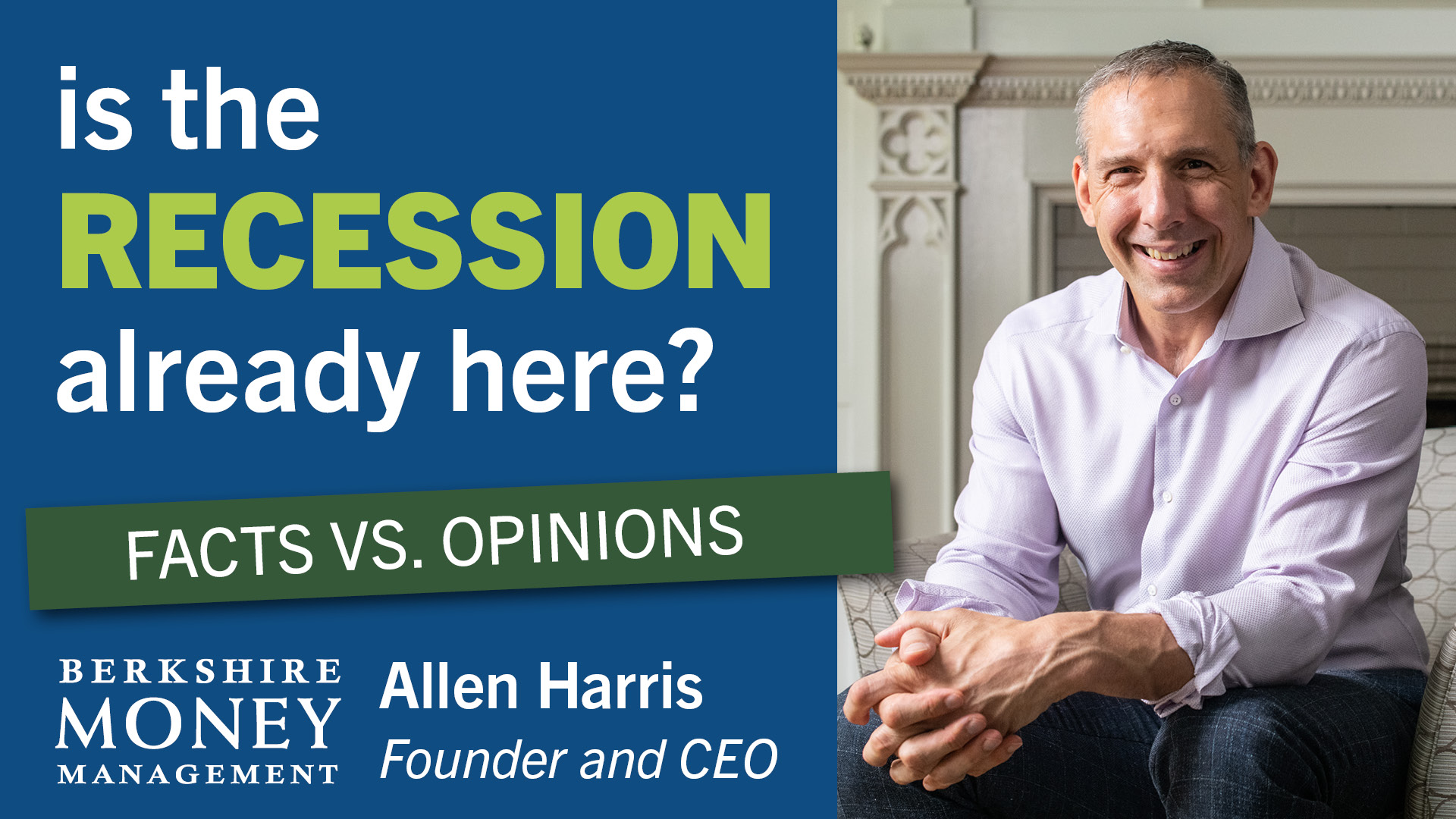Berkshire Business Confidence Index, Issue 3

The third set of results from the Berkshire Business Confidence Index, sponsored by Berkshire Money Management are available in PDF format here:
Summer Results from the Berkshire Business Confidence Index, sponsored by Berkshire Money Management
The Berkshire Business Confidence Index (BCI), sponsored and analyzed by Berkshire Money Management, indicates that there is a cautious level of optimism among Berkshire County businesses, as well as non-profit organizations that must make business decisions. We mailed out 5,000 surveys countywide, and received responses from the full spectrum of Berkshire industries—non-profits, retail, manufacturing, finance, lodging, real estate. Each brings their own voice to this survey. What we have gleaned from this month’s results:
- From last survey (June 2017) to this survey, overall confidence expanded, as evidenced by fewer negative skews in the BCI questions. The most notable positive jump was the improved perception of business conditions since the last survey. This “soft” data of local confidence is consistent with national “hard” data (ex. employment and manufacturing trends). It is also consistent with the realization of a strong Berkshire summer economy (travel, culture, dining, hospitality, etc.)
- There is a continued demand for new equipment and software. Business owners are preparing for a business model that will “look substantially different” in the years ahead. A majority of respondents say that they have ample and easy access to financing to support their growth initiatives.
- Area businesses are using a variety of educational/informational sources to address the radical changes—technological, demographic, and political—they expect in their respective industries.
- Businesses absolutely want to grow, but their efforts have been stifled due to increasing costs, notably in utilities and payroll expenses. This shrinking profit margin discourages area businesses from making greater efforts to grow substantially.
The ‘Numbers’
The Berkshire BCI for this survey period is 55.6, up slightly from the last survey’s 53.4, signaling continued optimism among Berkshire County business and organization leaders. A reading of greater than 50 signals increased economic activity. Less than 50 indicates a contraction in activity, and 50 corresponds to no change. Over time, as we continue reading and analyzing the surveys, the trend of that number will be important in determining the direction of confidence. Today, county businesses have mixed feelings, but are generally more optimistic. Let’s look more closely at the areas in which we collectively see opportunities or challenges by addressing some of the survey questions individually.
The Questions
Is your company expecting to see a noticeable increase or decrease in costs this year?
The responses to this question continue to contain the most negative skew. Although the survey did not explicitly ask where businesses were seeing rising costs, respondents did volunteer (write in) that utilities and payroll expenses are both significant pain points. Businesses are finding it challenging to match sales growth to increasing operational costs. The numbers from the last survey to this one indicate a much more negative skew, dipping to 34.4 from 40.2.
In the last survey, because rising costs have been a continuing issue for survey respondents, we addressed “The Amazonification of America,” a phenomenon in which local providers of good and services must work harder to deliver value to clients who shop for price. While adding more services may, in fact, increase revenue, that revenue growth is generally not comfortable outpacing the rate of rising costs. Area businesses cite increasing energy expenses, high commercial property taxes, and the steep price tag of providing employee health insurance as legitimate growth inhibitors.
Has your company or organization raised prices for its goods and services during the past three months?
The results of this question improved from 54.2 to 57.8. This shows two important considerations for area businesses. First, businesses are demonstrating that they can pass increasing costs onto consumers. As a fellow business owner, I understand the reluctance to raise prices on your valued customers. However, the enterprise value of your firm is, in part, dependent upon your demonstrated ability to raise revenue by means other than simply a greater volume of transactions. Someday you may wish to retire and monetize your business by selling, and if you cannot demonstrate this, a buyer will not be willing to offer a premium price. If you are not intending to retire soon (or even, ever) you still want to be able to control owners’ income.
Second, it shows that businesses are not yet feeling the full force of the aforementioned “Amazonification of America” by demonstrating they are still competing on value (service, quality, accessibility, hospitality, etc.) and not solely on price.
Is your company or organization investing in new equipment and software?
The answer to this question contained the most positive skew, increasing from 62.5 to 69.4. Last month, the most positive skew was to the question “How easy is it for your company or organization to obtain financing on reasonable terms?”, which improved from 64.2 to 68.1. The combination of positive skew for these questions is important, as it means that businesses who want equipment have access to it.
Why the Berkshire BCI?
We need to leverage the advantages other business managers see, and also to learn from their mistakes. I do not suggest that we “do this as a community.” Decision-makers need to do it for themselves and for their businesses. Your job isn’t to figure out how to decrease utility costs and other expenses, or how to expand the skilled labor workforce in the area and keep workers here. Your job is to figure out how to match increasing costs with increasing growth. And to decide what are the best recruiting methods for a reliable workforce. The main mission of the Berkshire BCI is to provide you with the information you need, not only to give you confidence in making decisions, but also to provide potential choices, creating the opportunity to make better, more informed decisions.
The BCI can identify problems and then we, as a business community, can use each other as a resource. We are finding that area businesses want to share their good business ideas, and help others steer clear of mistakes. I am envisioning this dialogue as a tool for us to all share collective information so as to more confidently make change and add value to our businesses.
 The bottom line
The bottom line
Confidence broadened for Berkshire businesses, moving from three negatively skewed components to just one: increasing costs. The biggest jump was an improvement in overall conditions from the time of the last survey to now.
The most significant pain point for businesses continues to be, by a large margin, increasing costs. Still, businesses want to buy new equipment and software, which are needed because of the difficulty in finding skilled (and ‘affordable’) employees. Given that businesses are finding financing easy, it seems as if there is a sales and marketing opportunity for area equipment and software providers as well as local banks to match efforts. Additionally, investment in new equipment and software is in response to many factors, including a need for efficiency because of rising costs, outdated tools, better education regarding use, etc. This is due to the fact that nearly three-quarters of businesses expect their business to look moderately or substantially different within the next ten years, or less. The business you have today will likely fund the business you have tomorrow, and the right tools are required to shore up those future businesses. One respondent noted that the biggest change of their business over the next ten years will be the total obsolescence of their services as the industry around them changes. That industry change is a systemic risk, something you have little control over. Making operational changes is something you can control, and doing so can keep you more profitable for a longer period of time.
Still by far the biggest issue businesses are considering (62%) is the shift in demographics, needing to serve Millennials as well as Baby Boomers and everyone in between. Area businesses recognize that they need to be sharply educated on how to 1) anticipate those needs, 2) serve those needs and 3) market to each demographic effectively.
In order to prepare to anticipate these demands, business owners are seeking out continuing education such as webinars and conferences (53%), trade publications (50%), and networking with industry peers (41%). This information is particularly insightful to us because we see value in using the BCI as a tool to gather business leaders for frequent roundtable discussions in order to tackle particular issues via brainstorming, sharing information, and communicating openly as a business community.
A community speaks: The Berkshire Taconic report
Recently the Berkshire Taconic Community Foundation—whose reach includes Berkshire County, northeast Dutchess County and Columbia County in NY, and northwest Litchfield County in CT—released a report (A Closer Look) delving into the issues that face the region. The report is the result of multiple surveys, studies, and focus groups—all facilitated by Mt. Auburn Associates. The results are multifarious and cover a wide range of topics including jobs, the future workforce, demographic transition, and infrastructure to name a few. You can find the full report on Berkshire Taconic’s website.
Here are some of the findings we found significant, and important to the Berkshire business community.
- There is a strong impetus to continue to build up town centers and to focus on downtown development, both of which are now being fueled by arts, cultural, tourist, and entrepreneurial activities.
- A lack of affordable housing has a direct impact on businesses being able to access a reliable, steady workforce.
- There is an emerging and significant ‘mismatch’ regarding finding the ‘right’ employees. Businesses are struggling to fill openings with skilled workers. This is due to several factors, including an exodus of young people and an aging workforce, as well as a lag in education among career-age residents.
- An overall and consistent population decline (more than 5,000 people between 2000 and 2014) is directly impacting the workforce in Berkshire County.
- The creative industry—creating goods and services with artistic and cultural content—accounts for 9,000 jobs in the entire region. That’s 6.2% of total jobs, while the national average only sits at 3.9%.
- The healthcare industry is driving the regional economy (15% of jobs), as well as government jobs (12%), retail/trade (11%), and accommodation and food services (8%).
 The buggy whip factor: What will your business look like tomorrow?
The buggy whip factor: What will your business look like tomorrow?
Remember the buggy whip? Of course you don’t, but you’ve heard of them. They are handheld whips used to motivate a horse, attached to a passenger-carrying buggy, to move forward to transport people back in the day. The buggy whip is used repeatedly as a metaphor for any outmoded product that got left behind by a new, innovative product. By 1890, there were 13,000 companies in the wagon and carriage industry. Most of them died a quick death once the automobile took off. The companies that made the most successful transition to the age of the automobile were those that adjusted their outlook and their product, and began to manufacture car parts. (Some businesses converted axle manufacturing for carriages to those for cars, for example.) The industry changed, this was a systemic risk—something the carriage part manufacturers could not affect.
I’m sure that the last buggy whip maker made the best little whip in the industry, but even the best product, or service, will cease to be relevant if the world changes around it. And we know that always happens. And quickly.
In today’s competitive market, small businesses need to constantly think about innovation. Yet in a survey conducted for Chase by CNBC, 35 percent of more than 2,000 small business owners said they spend five percent or less time considering innovation. Innovation meaning, for example, a new product design; a new client onboarding process; integration of platforms and databases to improve worker productivity. Innovation is simply doing something differently than you were before. If you were to ask most business owners “Why do you do what you do and why do you do it that way?” the answer would most likely be “because we’ve always done it like that.”
This attitude comes to mind when I think of the nearly three-quarters (74%) of BCI respondents who said they expect their business to look moderately (29%) to substantially (45%) different in the next ten years. Area businesses may not know what the industry will look like in the years to come—rarely do we know what the next innovation or disruption will be—but they do know that big changes are on the horizon.
About 20 percent of respondents anticipate that change will come in the form of a new product or service that doesn’t even exist yet. And they are probably right. The buggy whip makers never saw the car coming. Videotapes fell to streaming. Smart phones nearly annihilated several industries: folding maps, typewriters, floppy disks, rotary phones, pagers, dot matrix printers, those big, boxy televisions that took up half your living room. It’s not unlikely that the service or product you provide today will need to be radically different in the years to come. And if it isn’t different, your business risks either falling behind your competitors or not existing at all.
Timing is everything. Fifteen percent of respondents said they have to provide goods and services that exist in their industry, but these have not yet made it to Berkshire County. In fact, many businesses cited more than one need and/or anticipated expectation. Also, 15 percent said that they have to play catch-up by offering what their local competitors already provide.
Disclsoure: Investment in securities, including mutual funds, involves the risk of loss.

 The bottom line
The bottom line

 The buggy whip factor: What will your business look like tomorrow?
The buggy whip factor: What will your business look like tomorrow?



